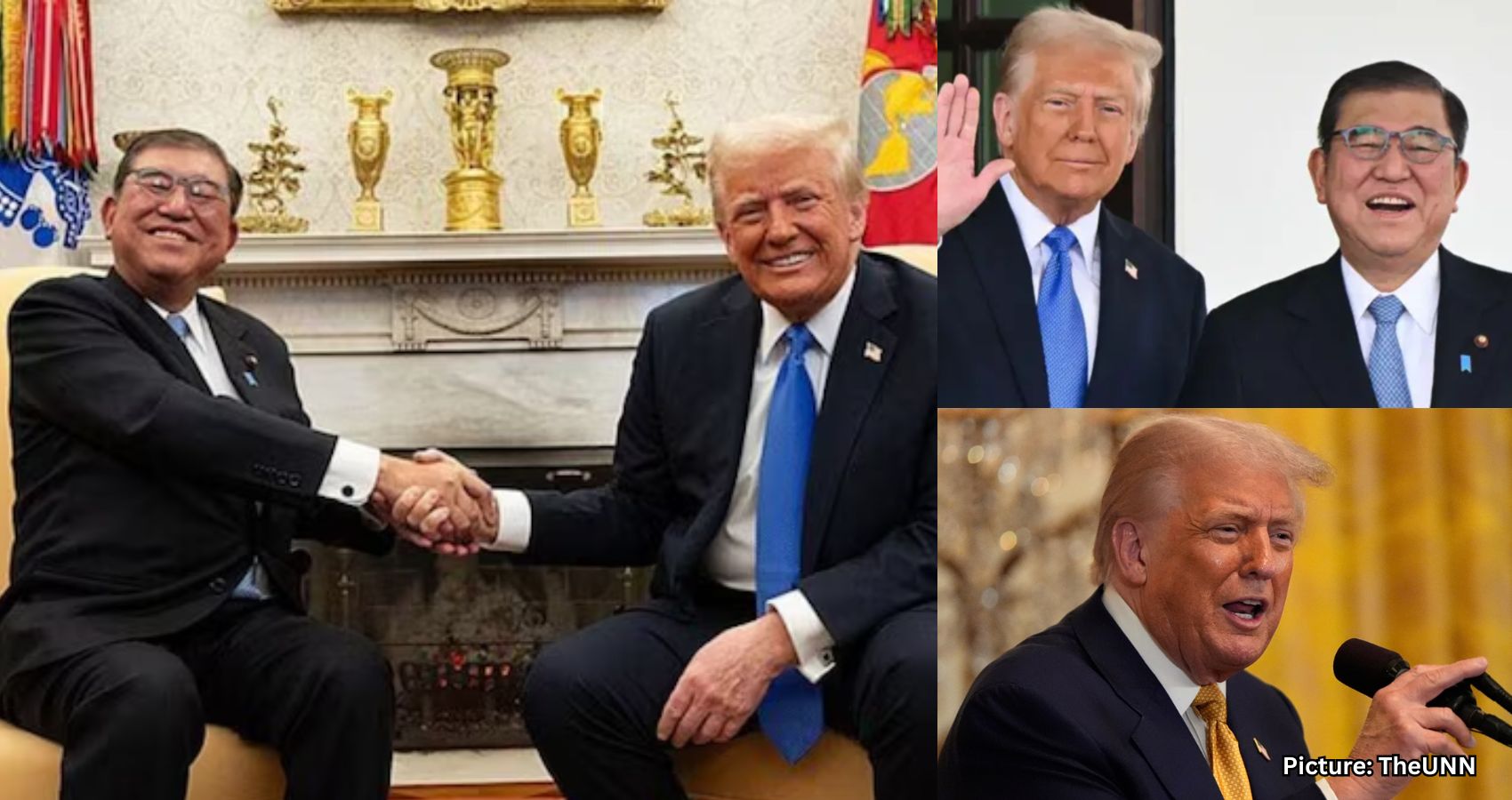Japan’s recent trade agreement with the United States reveals significant concessions, including higher tariffs and substantial investments, favoring Washington’s economic interests.
New Delhi’s decision to resist pressure from Washington for a trade deal appears increasingly prescient. While Prime Minister Modi has maintained a firm stance against a sweeping agreement, Japan has moved forward, revealing the extent of its concessions to the United States.
On Thursday, the White House announced the implementation of the United States–Japan Agreement, a trade framework first unveiled in late July and officially enacted on September 4. Signed by President Donald Trump, the executive order outlines a new system of tariffs, market access rules, and investment commitments, which U.S. officials argue will rebalance the economic relationship between the two nations.
However, the details of the agreement suggest a significant tilt in favor of Washington. Central to the order is a baseline 15 percent tariff that will now apply to nearly all Japanese imports entering the United States. Products currently facing tariffs below this level will see their rates raised to 15 percent, while goods already taxed at higher rates will remain unchanged.
Certain sectors have been exempted from these tariffs, including aerospace products, generic pharmaceuticals, and specific natural resources that the United States cannot produce in sufficient quantities domestically. These exemptions are framed as necessary for U.S. security and health needs rather than as broad market openings for Japan.
On the other hand, Japan’s commitments under the agreement are considerably more extensive. Tokyo has agreed to increase its annual purchases of American agricultural goods by approximately $8 billion. This includes significant increases in imports of rice, corn, soybeans, fertilizers, and bioethanol. Notably, the minimum access quota for U.S. rice imports into Japan will rise by 75 percent.
Furthermore, Japan has pledged to recognize American safety certifications for passenger vehicles, allowing U.S.-made cars to be sold in Japan without undergoing additional domestic testing. This requirement mirrors a demand that India faced but ultimately rejected.
In addition to these agricultural and automotive commitments, the agreement mandates that Japan invest $550 billion directly into the United States. The American government will determine the sectors and projects that will receive this investment. White House officials assert that this unprecedented financial commitment will create hundreds of thousands of jobs and bolster the domestic industrial base. Critics, however, argue that Japan is not receiving comparable benefits in return.
The executive order also lays out enforcement mechanisms. The Department of Commerce, in collaboration with U.S. Customs and Border Protection and the International Trade Commission, will modify the Harmonized Tariff Schedule of the United States to reflect the new framework. The order applies retroactively to imports from August 7 and includes provisions for refunds on duties already paid. Additionally, it reserves the president’s right to adjust or expand tariffs at any time if Japan is found not to be fulfilling its commitments.
President Trump invoked the International Emergency Economic Powers Act and Section 232 of the Trade Expansion Act to justify these measures, framing the deal as a necessary response to a national emergency declared earlier this year. He contended that ongoing trade deficits pose a threat to U.S. security by undermining the country’s manufacturing and defense industrial base. The order explicitly supersedes previous proclamations regarding aluminum, steel, automobiles, and copper imports when they conflict with the new framework.
While the White House characterizes the United States–Japan Agreement as reciprocal and historic, its structure places a heavier burden on Tokyo. Washington retains control over tariff enforcement, assesses whether Japan has met its obligations, and dictates where Japanese investment will be allocated within the U.S. The language of the order indicates that the U.S. views the deal primarily as a tool for reducing its trade deficit and strengthening its own industries, with Japan expected to bear the greater share of concessions.
Source: Original article

